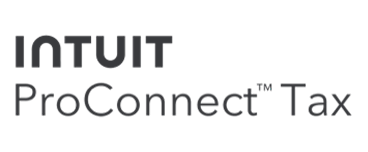
5 Signs That Your Document Management Workflow Could Be Hurting Your Firm
By Gabrielle Fontaine
When the going gets tough, the strong rise to the challenge. That should be true of your document workflow and management systems, especially now when more information than ever must be accessed, shared and stored digitally. How information is handled and flows through your accounting practice can either support or deteriorate your firm’s stability and growth. Here are five symptoms that may indicate that your document workflow and management systems may need to be strengthened. Otherwise, they could lead to costly problems sooner rather than later.
- Security is an assumption. With the requirements to switch to working from home and converting paper-based documents to digital form, has online security been a primary focus for sensitive information handling, or has it been an afterthought? Your workflows and document management apps need to be set up to protect your firm and your clients from cyber-attacks like never before. Cybercrime is reaching new highs as criminals prey on unsuspecting victims.
- Fractured document storage. Mistakes happen, time is lost, and inefficiencies rise when client source documents are received by email, stored on local hard drives or in inconsistent folder configurations. This can frustrate your already stressed staff and breed client dissatisfaction. Over time, this domino effect could ultimately hobble your firm’s stability.
- Redundant systems. With the flood of online technology designed to improve client services and information management, has your accounting firm fallen victim to accumulating multiple apps that can handle the same functions? This pitfall can quickly add up to a hefty price tag without corresponding benefits. Workflow bottlenecks and inefficiencies will abound. As Yoda might say, many apps an effective and profitable firm do not make.
- Non-integrated core software. Does your tax software integrate seamlessly with your client portal and your internal document management system? Does your practice management app work harmoniously with your invoicing system? If not, these are signs of cumbersome workflows that can undermine the strength of your firm’s operations. Not a good situation when facing challenging times.
- Inconsistent processes. Does the quality of certain functions in your firm depend upon who does them? While this is a common situation, it can put both your internal operations as well as the firm’s reputation at risk. You could suddenly be blind-sided when key employees unexpectedly leave and no one else knows how to do their job. Or worse yet, trusted team members take your clients with them or start their own accounting practice. When your document workflows and processes are highly dependent on individuals, your accounting firm will inevitably be caught off guard when the unexpected happens.
Just like when one realizes that they are out of shape because they are winded after climbing a flight of stairs, every accounting firm must pay attention when there are symptoms of “winded” workflows and weak document management. Technology has had an impact on how we work with our clients for several years. Most recently, we are now faced with a pandemic that is putting pressure on many of our internal systems too.
Action is needed. As with health, improving evident weaknesses (instead of ignoring them) before they turn into problems is the wisest course of action. We can build strong workflows and document management muscle to successfully weather the road ahead and lead our clients through any storms that may be looming.






